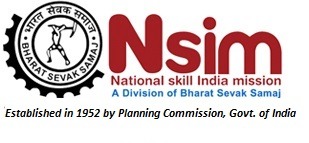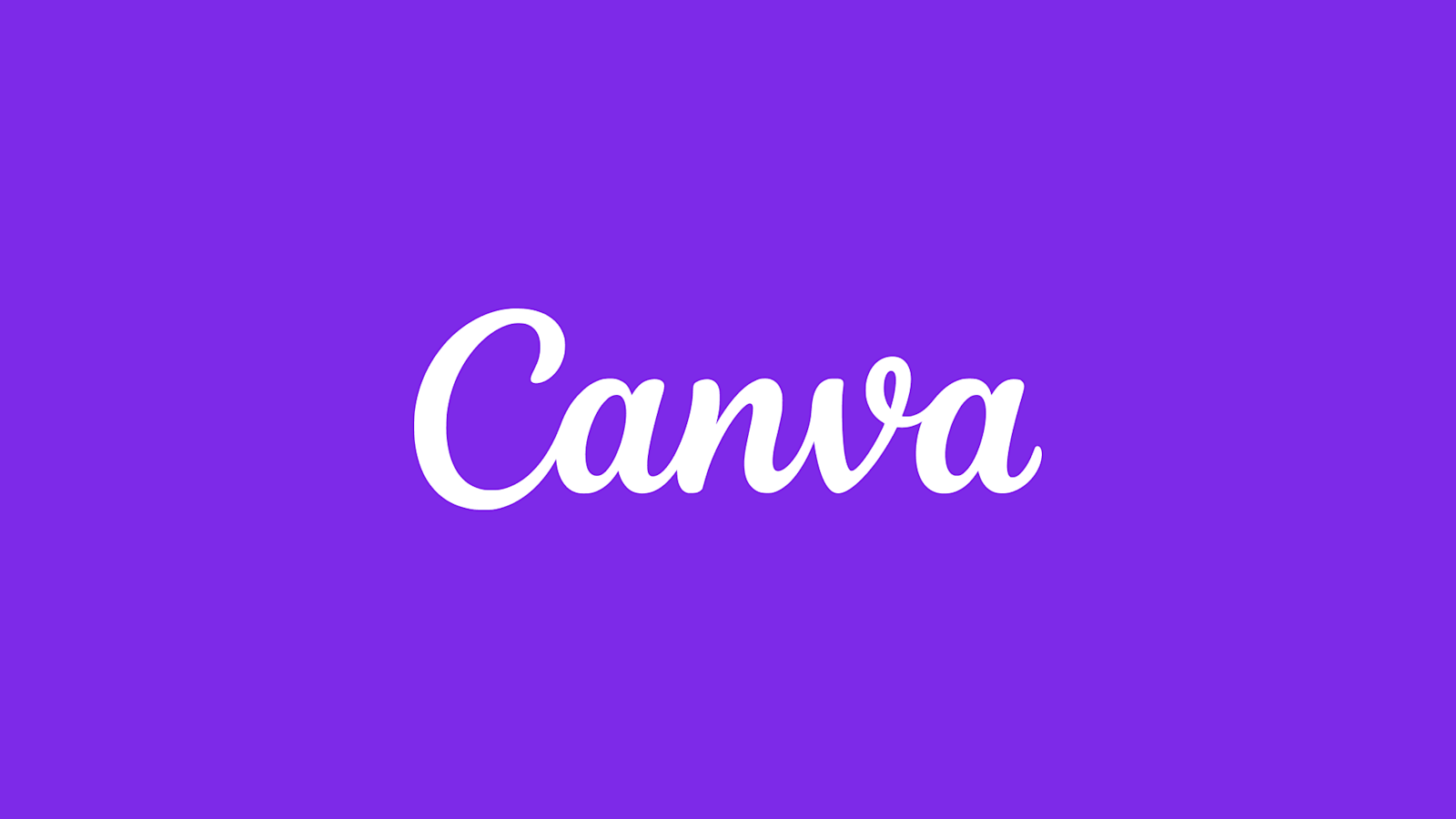Stories you may like
E-Learning Developer
An E-Learning developer designs, creates, and implements digital learning materials and experiences for online education platforms. They combine expertise in instructional design, multimedia development, and technology to create engaging and interactive e-learning content that facilitates effective learning outcomes.
E-Learning developers work closely with instructional designers, subject matter experts, and educators to understand learning objectives, design instructional materials, and develop interactive multimedia content such as videos, simulations, quizzes, and interactive exercises.
Duties and Responsibilities
The duties and responsibilities of an E-Learning developer can vary depending on the organization and the specific role, but typically include:
- Content Development: Designing and developing engaging and interactive e-learning content using authoring tools such as Articulate Storyline, Adobe Captivate, or Moodle. This involves creating multimedia elements like videos, animations, quizzes, and simulations.
- Instructional Design: Applying instructional design principles to create effective learning experiences. This includes analyzing learning needs, defining learning objectives, structuring content, and selecting appropriate instructional strategies.
- Curriculum Design: Collaborating with subject matter experts (SMEs) to identify learning goals and develop course outlines and curricula. This may involve organizing content into modules or units and sequencing learning activities.
- Multimedia Production: Producing and editing multimedia elements such as graphics, audio, and video to enhance learning materials. This may involve recording voiceovers, editing video footage, or creating custom illustrations.
- Learning Management System (LMS) Management: Uploading and managing e-learning content on learning management systems like Moodle, Blackboard, or Canvas. This includes setting up courses, enrolling learners, and tracking learner progress.
- Quality Assurance: Testing e-learning modules for functionality, usability, and accessibility across different devices and browsers. This may involve conducting user testing, troubleshooting technical issues, and ensuring compliance with industry standards and regulations.
- Collaboration and Communication: Working closely with instructional designers, graphic designers, multimedia specialists, and other team members to create high-quality e-learning experiences. This also involves communicating project timelines, milestones, and updates to stakeholders.
- Continuous Improvement: Staying updated on e-learning trends, technologies, and best practices to continuously improve the quality and effectiveness of e-learning courses. This may involve attending professional development workshops, conferences, or webinars.
Types of E-Learning Developers
There are several types of e-learning developers, each specializing in different aspects of the e-learning development process. Here are some common types:
- E-Learning Accessibility Experts: Accessibility experts focus on ensuring that e-learning content is accessible to learners with disabilities, including those with visual, auditory, motor, or cognitive impairments. They adhere to accessibility standards such as WCAG (Web Content Accessibility Guidelines) to make e-learning content inclusive for all learners.
- E-Learning Content Developers: Content developers focus on creating the actual e-learning content using authoring tools such as Articulate Storyline, Adobe Captivate, or Moodle. They work closely with instructional designers to translate learning objectives into engaging and interactive e-learning modules.
- E-Learning Localization Specialists: Localization specialists focus on adapting e-learning content for different languages, cultures, and regions. They ensure that e-learning courses are culturally appropriate and linguistically accurate for diverse audiences.
- E-Learning Mobile Developers: Mobile developers specialize in creating e-learning content specifically for mobile devices such as smartphones and tablets. They have expertise in responsive design techniques and optimizing e-learning content for mobile delivery.
- Instructional Designers: These developers focus on the instructional design aspect of e-learning, including analyzing learning needs, defining learning objectives, and structuring content to create effective learning experiences.
- Multimedia Developers: These developers specialize in creating multimedia elements such as graphics, animations, audio, and video to enhance e-learning content. They have skills in graphic design, animation, video production, and audio editing.
- Technical Developers: Technical developers focus on the technical aspects of e-learning development, such as programming, scripting, and web development. They may customize learning management systems (LMS), develop interactive simulations or games, and integrate e-learning content with other systems or platforms.
- UX Designers / UI Designers: User experience (UX) and user interface (UI) designers focus on designing the user interface and user experience of e-learning courses to make them intuitive, engaging, and easy to navigate. They consider factors such as usability, accessibility, and visual design principles.
workplace of an E-Learning Developer
The workplace of an e-learning developer is a dynamic environment that often blends elements of traditional office settings with the flexibility of remote work. In many cases, e-learning developers can be found working in corporate offices, educational institutions, or even from the comfort of their own homes. Within these spaces, they typically have dedicated workstations equipped with the necessary tools and technology to design and develop e-learning content.
Collaboration is a key aspect of the e-learning developer's workplace. They often work closely with instructional designers, subject matter experts, multimedia specialists, and other team members to bring their projects to life. Whether brainstorming ideas, participating in project meetings, or conducting design reviews, collaboration is essential for creating engaging and effective e-learning experiences.
Technology plays a central role in the daily work of E-Learning developers. They rely on a variety of software tools and platforms, including authoring tools, graphic design software, video editing software, and learning management systems (LMS). These tools enable them to create interactive and multimedia-rich content that meets the learning objectives of their projects.
Flexibility is another characteristic of the E-Learning developer's workplace. Many e-learning developers have the option to work remotely, either part-time or full-time. This flexibility allows them to manage their own schedules, work from anywhere with an internet connection, and balance their professional and personal responsibilities.
Professional development is also a priority for e-learning developers. They actively seek out opportunities to enhance their skills and stay updated on industry trends and best practices. This may involve attending conferences, workshops, webinars, or online courses, as well as networking with peers and participating in online communities.
How to become an E-Learning Developer
Becoming an E-Learning developer involves a combination of education, skills development, and practical experience. Here's a general guide:
- Education: Start by obtaining a relevant degree or certification. While not always required, a bachelor's degree in fields such as instructional design, educational technology, computer science, multimedia design, or a related field can provide a strong foundation. Additionally, there are specialized programs and certifications available specifically for e-learning development, which can enhance your skills and credentials.
- Build a Portfolio: Create a portfolio showcasing your e-learning development projects. Include examples of your work such as e-learning modules, interactive simulations, multimedia presentations, or other relevant projects. A strong portfolio can demonstrate your skills and experience to potential employers or clients.
- Gain Experience: Look for opportunities to gain practical experience in e-learning development. This could include internships, freelance projects, volunteer work, or entry-level positions in instructional design, multimedia production, or related fields. Seek out opportunities to work on real-world projects and collaborate with experienced professionals in the field.
- Stay Updated: Stay informed about the latest trends, technologies, and best practices in e-learning development. Attend workshops, conferences, webinars, and online courses to continue learning and expanding your skillset. Networking with other professionals in the industry can also provide valuable insights and opportunities for growth.
- Apply for Jobs: Once you have acquired the necessary education, skills, and experience, start applying for e-learning developer positions. Look for job openings at educational institutions, corporate training departments, e-learning companies, government agencies, or freelance platforms. Tailor your resume and cover letter to highlight your relevant experience and skills in e-learning development.
Certifications
There are several certifications and credentials available for E-Learning developers that can enhance their skills and credentials. Here are some popular options:
- Adobe Certified Expert (ACE): Adobe offers certification programs for various software products, including Adobe Captivate, which is widely used for e-learning development. Becoming an Adobe Certified Expert demonstrates proficiency in using Captivate to create engaging and interactive e-learning content.
- Articulate Certified Training: Articulate, the company behind popular e-learning authoring tools like Articulate Storyline and Rise, offers a certification program for individuals who want to demonstrate their expertise in using their software. The program includes training courses and exams to validate proficiency in designing and developing e-learning content.
- Certified Professional in Learning and Performance (CPLP): Offered by the Association for Talent Development (ATD), the CPLP certification is designed for professionals in talent development, including instructional designers and e-learning developers. It covers a broad range of competencies related to designing, developing, and delivering effective learning solutions.
- Certified E-Learning Specialist (CeLS): Offered by the E-Learning Guild, the CeLS certification program is designed for professionals who specialize in e-learning development. It covers topics such as instructional design, multimedia production, authoring tools, and learning management systems.
- Learning and Performance Institute (LPI) Certifications: The Learning and Performance Institute offers several certifications for professionals in learning and development, including the Certified Online Learning Facilitator (COLF) and the Certified Online Learning Designer (COLD). These certifications validate skills in designing and delivering online learning experiences.
- Certified Moodle Course Creator: Moodle, an open-source learning management system, offers a certification program for individuals who want to demonstrate their expertise in creating courses using Moodle. The program covers topics such as course design, activities and resources, assessments, and administration.
- Coursera Specializations: Platforms like Coursera offer specialized online courses and certifications in e-learning development topics such as instructional design, e-learning authoring tools, and learning analytics. Completing these courses and earning certificates can help demonstrate your skills and knowledge in specific areas of e-learning development.
Top Skills for eLearning Developers
Aside from specific degrees, eLearning developer jobs also require a mix of technical and soft skills. If you’re hoping to stand out as a job candidate, here are the areas that you should develop as strengths.
Hard/Technical Skills
- UX best practices — Good user experience (UX) design is fundamental in creating content that is understandable, accessible and effective. An eLearning developer always has to keep the end-users in mind to create intuitive layouts, clear instructions and simple presentations. It’s important to remember that modern best practices for UX design must also account for mobile devices.
- Familiarity with eLearning development tools — The main tools of eLearning developers are the content authoring software used to create digital courses. While most are designed with “What You See Is What You Get” (WYSIWYG) user interfaces, you’ll need some programming skills to take full advantage of certain features and functions. Most products provide a library of assets that work for desktop, tablets and mobile devices. It’s recommended that you familiarize yourself with the more popular and widely used programs, such as Articulate 360.
- Graphic design and multimedia editing capabilities — Visual design skills are essential, as you’ll need to create graphic elements for the course itself. You should also have a demonstrated understanding of the basic principles of graphic design, such as balance, contrast and white space. You’ll also need to be able to work with audio and video, which includes editing content to remove noise, adjust the sound, insert graphics and other objects and cut everything together. Accordingly, you should be comfortable working with programs like the Adobe Creative Cloud, Camtasia and Audacity.
- Knowledge of SCORM technical standards — SCORM, or Sharable Content Object Reference Model, are international technical standards for eLearning products. Essentially, these are guidelines on how to write code so that eLearning content and learning management systems work together. As an eLearning developer you should be capable of using SCORM-compliant authoring tools to create and publish courses.
- Familiarity with LMSs — Learning management systems are where eLearning courses are published, so you’ll need to be skilled in working with them. Familiarize yourself with the top LMS providers. Forbes has a list of the best 2023 LMS products for education (Blackboard, Canvas, Moodle) and businesses (Absorb, TalentLMS, Decebo).
Soft Skills
- Strong written and verbal communication — You’ll need to explain complex topics in a simple and straightforward manner to effectively engage learners. Digital, asynchronous communication has different nuances from direct or verbal communication, so it helps to have a portfolio of created content to showcase your design and communication skills. You’ll also need to clearly and directly communicate with instructional designers, SMEs, developers, and other professionals regularly.
- Adaptability and flexibility — Good project management is more than just having a course development plan. You must also factor in time for feedback and edits. Because technology continually advances, programs you’re comfortable using may evolve or become obsolete within a few years. It helps you professionally if you’re quick to adjust to new programs and comfortable working on different platforms.
- Collaboration with others — You’re a critical part of a cross-functional team, the link between the instructional designers who create courses and the instructors who facilitate them. To develop courses that meet the needs of learners, you have to be comfortable providing and receiving feedback. You’re considered the subject matter expert for the eLearning development process, so your team will expect you to provide recommendations and insight regarding best practices.





User's Comments
No comments there.